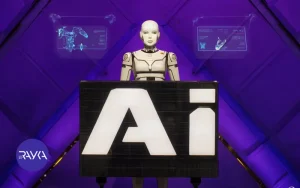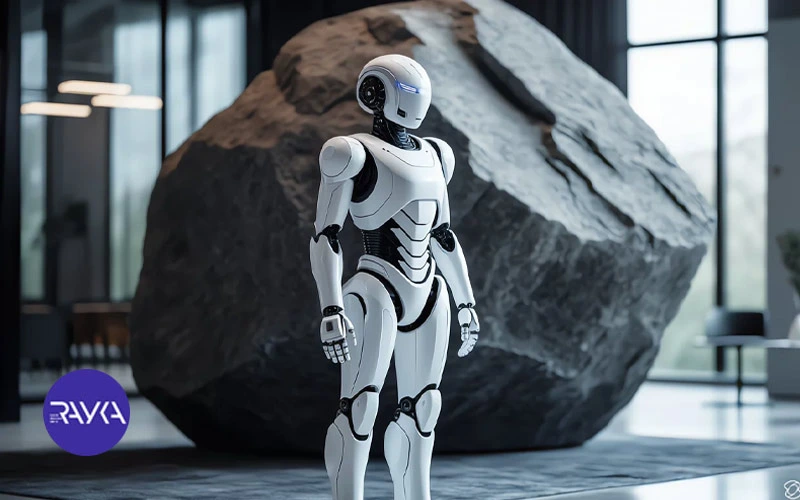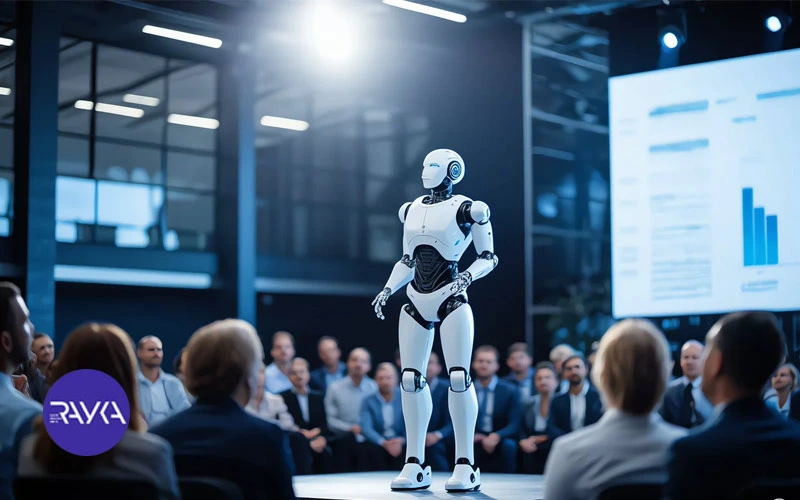
AI advertising video is transforming the landscape of digital marketing, as the integration of artificial intelligence (AI) ushers in a new era of advertising sophistication. AI-powered tools are being broadly deployed across the advertising ecosystem, from automated ad buying platforms to highly personalized customer experience initiatives. Among the most impactful applications of AI is its deployment in video advertising, where algorithms are capable of generating, editing, and optimizing video content at unprecedented speed and scale. Video has become the dominant format for online advertising, and AI is poised to revolutionize how these videos are conceptualized, produced, distributed, and, critically, measured.
This paper provides a comprehensive exploration of the current state of AI in advertising video, delving into its capabilities and implications. It examines the core functionalities of AI-driven video creation, analyzes its impact on advertising campaign performance, and investigates the ethical and societal implications of these technological advancements. Through a detailed analysis, the paper aims to inform researchers, marketers, and policymakers about the transformative potential and multifaceted challenges of integrating AI into the advertising video workflow.
AI video generation encompasses a range of techniques, each offering unique capabilities and facing specific limitations. Some of the most prominent approaches include:
These sophisticated algorithms translate textual descriptions into coherent and visually engaging video content. The process leverages deep learning models, such as recurrent neural networks (RNNs) and transformers, to interpret and render textual data into dynamic visual narratives.
This technique converts a series of static images into a dynamic video sequence, creating the illusion of motion and storytelling. Algorithms are employed to interpolate between images, generating smooth transitions and adding visual effects.
AI algorithms automate and streamline the video editing process, performing tasks such as trimming, color correction, and audio synchronization with enhanced efficiency and precision. Further, AI can enhance video quality by upscaling resolution, reducing noise, and improving overall visual clarity.
Many platforms provide pre-designed video templates, allowing users to customize videos with their own text, images, and branding elements. AI algorithms are utilized to enhance the customization process, suggesting optimal layouts, design elements, and content placements.
AI Avatars can be created to represent a brand or personality and provide personalized video content at scale. Platforms such as Synthesia or Hour One can be mentioned here.
AI video generation presents significant advantages over traditional video production methods, including:

AI algorithms are capable of generating videos significantly faster than human editors, greatly reducing production time and overall costs.
AI-powered tools readily scale video production to accommodate the dynamic needs of expansive advertising campaigns, supporting the creation of vast quantities of content.
AI enables the creation of highly personalized videos tailored to specific user preferences, demographics, and viewing behaviors, thereby maximizing audience engagement.
However, AI video generation also faces notable limitations:
AI-generated videos may, at times, lack the originality, innovative storytelling, and emotional depth characteristic of content created by human artists. Algorithms can struggle with generating truly novel and compelling video narratives.
The generation of high-quality AI video requires significant computational resources, access to massive and diverse training datasets, and continuous algorithmic refinement. The technology continues to evolve, and challenges persist in creating realistic and coherent video content.
The utilization of AI in video advertising raises ethical concerns related to transparency, authenticity, and the potential for biases embedded within the underlying algorithms.

The rapid proliferation of AI in advertising video, especially in the creation of AI-Powered Promotional Teasers, necessitates a careful examination of associated ethical considerations.
Consumers should be explicitly informed when they are interacting with AI-generated content. Transparency is crucial for fostering trust and avoiding the erosion of consumer confidence in advertising
AI-generated videos may blur the lines between reality and fiction, which could lead to concerns about the veracity and authenticity of advertising messages and the potential for misinformation.
The free version of Clip champ includes a reduced feature set and watermarks on exported videos. This option caters to users with basic video creation needs who are willing to accept these limitations
The automation of video production through AI may lead to job displacement for human editors, content creators, and other advertising professionals.
AI has a profound effect on the performance of advertising campaigns. By analyzing data on audience behavior, AI can help:

Improve Targeting:
AI algorithms can identify the most relevant audiences for specific advertising messages, increasing the likelihood of engagement.
Optimize Creative:
AI can analyze different video variations to determine which creative elements (e.g., visuals, messaging, calls to action) resonate most with the target audience, and quickly iterate with those creative elements.
Refine Budget Allocation:
AI can optimize the allocation of advertising budgets across different platforms and campaigns, maximizing efficiency and return on investment.
Enhance Personalization:
AI enables advertisers to create tailored video experiences that resonate with individual viewers, improving engagement, brand recall, and conversion rates.
The field of AI advertising video is undergoing rapid transformation, creating numerous opportunities for future research and innovation:
Future research should prioritize the development of more sophisticated AI algorithms that can generate truly creative, engaging, and emotionally resonant video content.
Continued development should focus on creating increasingly personalized advertising experiences that cater to individual viewer preferences while respecting user privacy.
The development of robust ethical frameworks and clear guidelines is vital for ensuring responsible and transparent use of AI in advertising video.
Future research should encourage greater collaboration between computer scientists, marketing experts, and social scientists to address the complex challenges and opportunities in this evolving field.
: It is crucial to mitigate biases in AI algorithms and to ensure fairness, equity, and diversity in advertising.
AI advertising video is fundamentally transforming the advertising landscape, with particularly pronounced implications in the domains of video creation and campaign effectiveness. AI-powered tools offer unprecedented advantages in terms of speed, efficiency, and personalization. At the same time, there are legitimate ethical considerations that must be addressed responsibly. By integrating ethical practices with technical innovation, the full potential of AI in video advertising can be unleashed to deliver engaging, relevant, and impactful advertising experiences while fostering transparency, trust, and consumer confidence.
AI saves time, reduces costs, boosts creativity, and increases video performance through data-driven insights.
Yes, AI can generate videos from scripts, images, or text prompts with minimal human effort. At Rayka, we specialize in producing high-quality AI-powered advertising videos; you can connect with us directly on WhatsApp at 00989101053525.
Machine learning analyzes viewer behavior to deliver highly personalized and effective video ads.